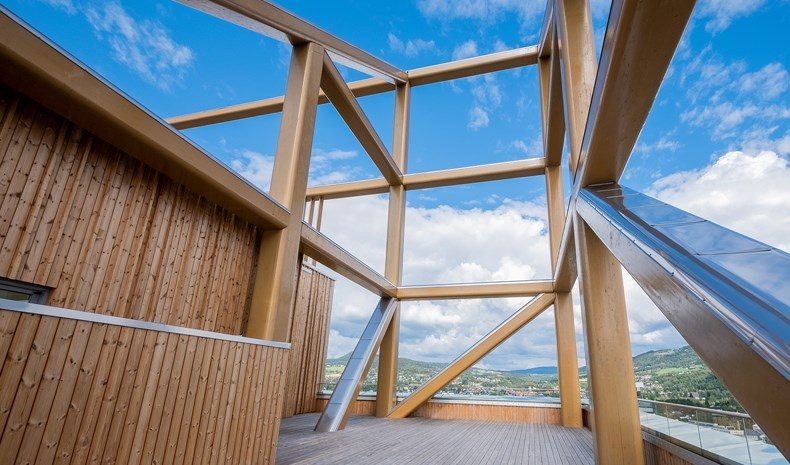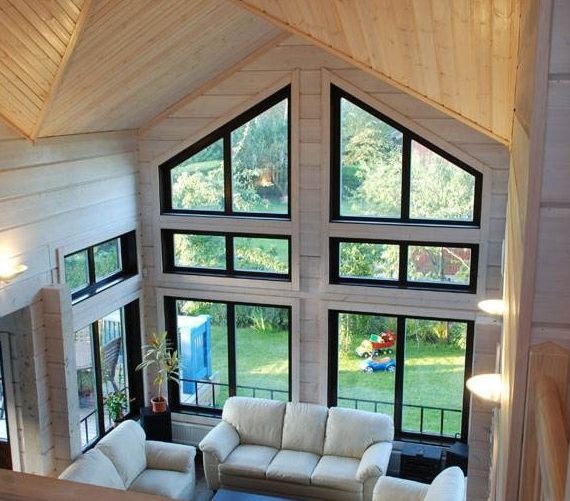The imprint of modern architecture on the realm of construction resonates deeply, showcasing a profound and expansive influence. Emerging as a response to late 19th and early 20th-century societal, technological, and cultural shifts, modern architecture brought forth a revolution in building methodologies, emphasizing functionality, simplicity, and innovative design principles.
Central to its impact was the departure from entrenched architectural styles. Pre-modernism, architectural designs were steeped in historical influences and ornate embellishments. However, advocates of modern architecture steered away from these norms, embracing a minimalist ethos. Clean lines, geometric forms, spacious layouts, and expansive glass panels became hallmarks defining many contemporary structures.
Technological progress played a pivotal role in materializing these avant-garde design concepts. Modern architects embraced industrial materials such as steel, reinforced concrete, and glass. These materials facilitated structural innovation and flexibility, offering enhanced strength and enabling expansive spaces without the need for excessive support columns or partitions.
Another pivotal contribution of modern architecture lay in its unwavering focus on functionality. Architects like Le Corbusier championed the ethos of ‘form follows function’, asserting that a building’s design must serve its purpose rather than prioritize superficial aesthetics. This approach optimized space utilization while addressing specific needs across residential, commercial, and industrial domains.
Moreover, with the surge in urbanization driven by global population spikes and industrialization, architects grappled with density-related challenges in cities. Technological strides, notably elevators enabling vertical transportation, facilitated the ascent of high-rise buildings, reshaping skylines across the world.
Beyond physical structures, modernist influences extended to urban planning strategies. Foundational concepts like zoning regulations, sustainable development, and pedestrian-friendly designs emerged, fostering cohesive living spaces that encouraged social interaction and well-being.
The indelible mark of modern architecture manifests vividly in iconic landmarks such as Frank Lloyd Wright’s Guggenheim Museum in New York or Jørn Utzon’s Sydney Opera House. These edifices not only ignited imaginations but also showcased groundbreaking construction techniques and design philosophies.
In essence, the profound impact of modern architecture on the construction landscape is undeniable. Its departure from tradition, alignment with functionalism, embrace of technological advancements, and innovative design principles reshaped the very essence of building conception and construction. Today, contemporary architects draw from these timeless ideas, shaping urban vistas for posterity.




